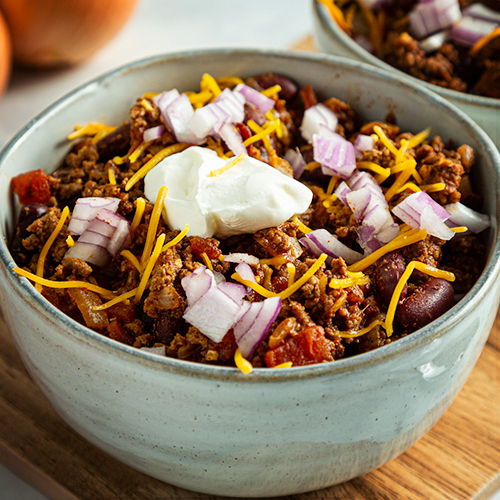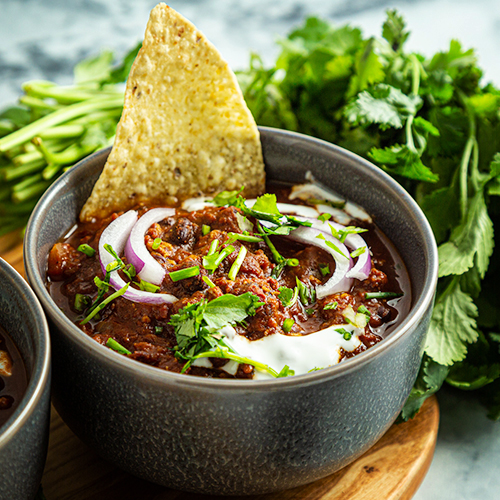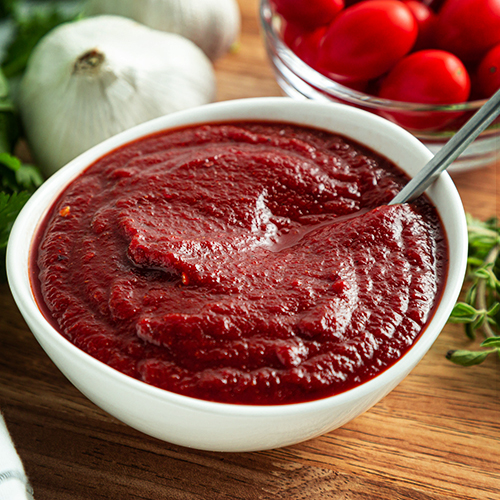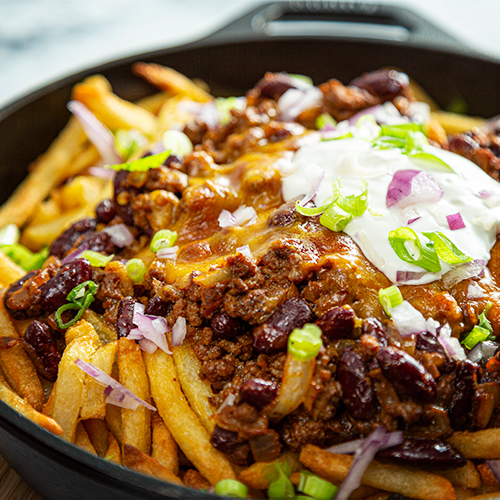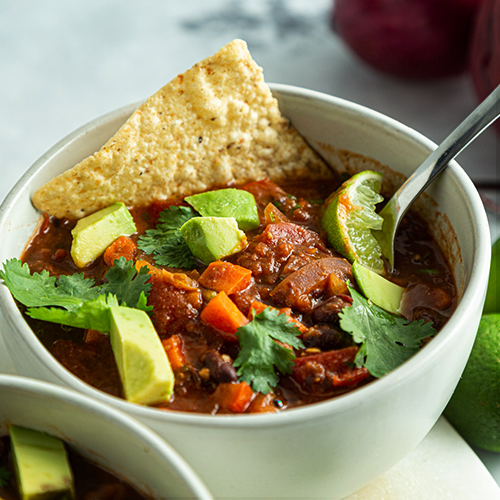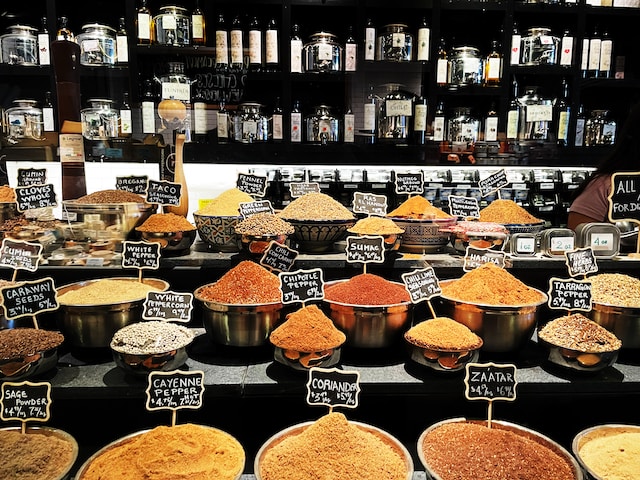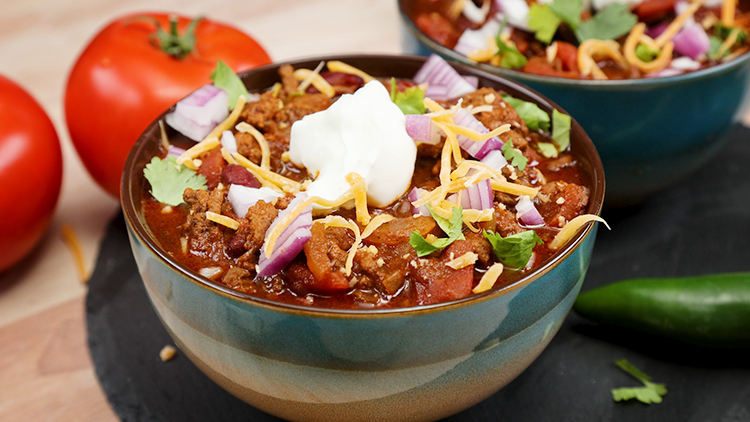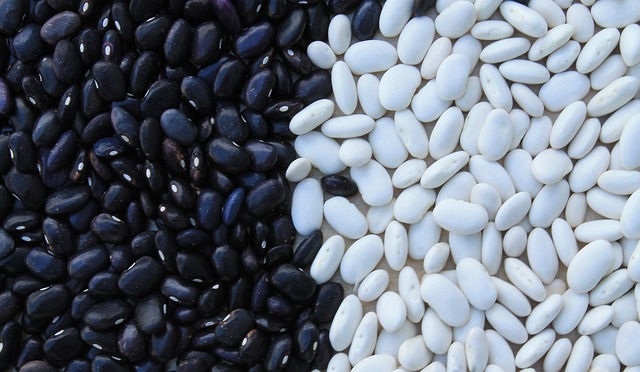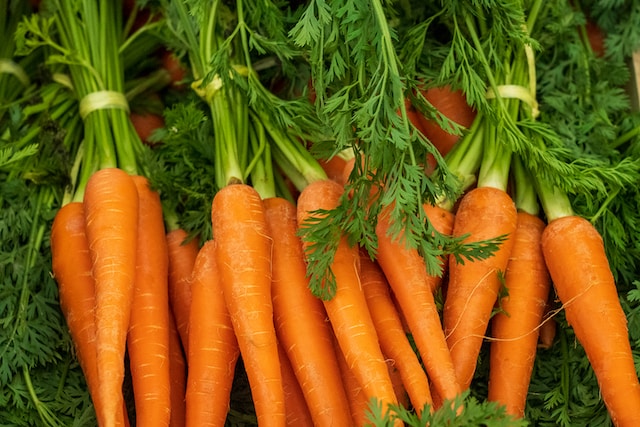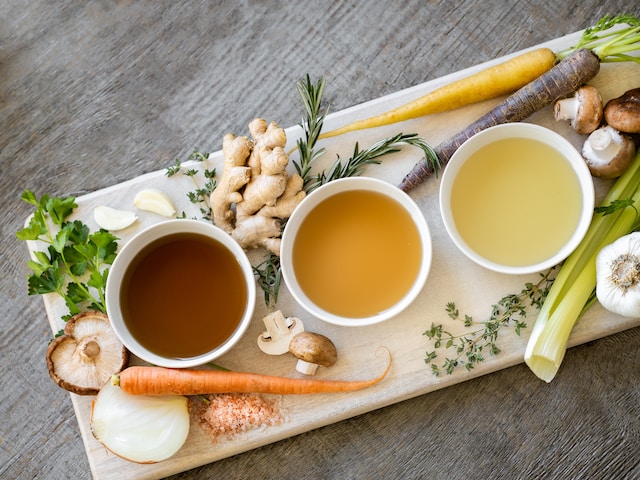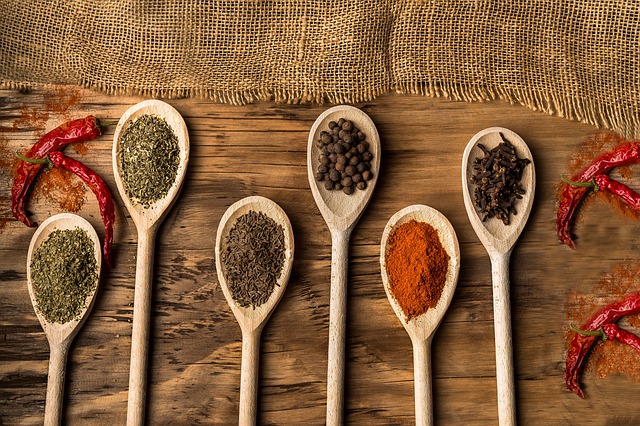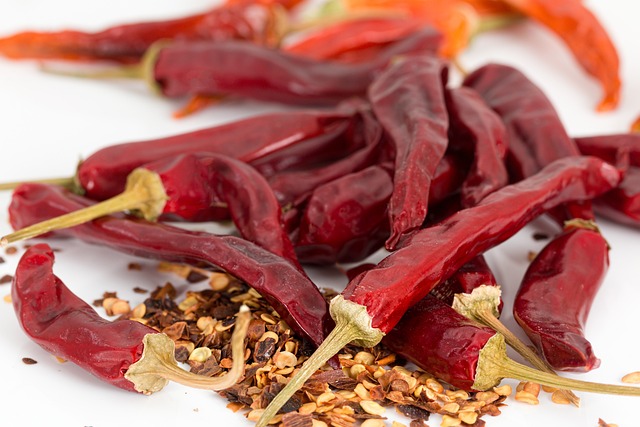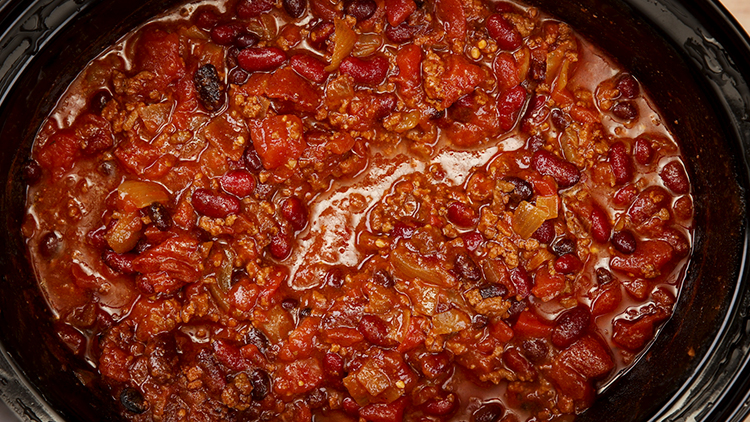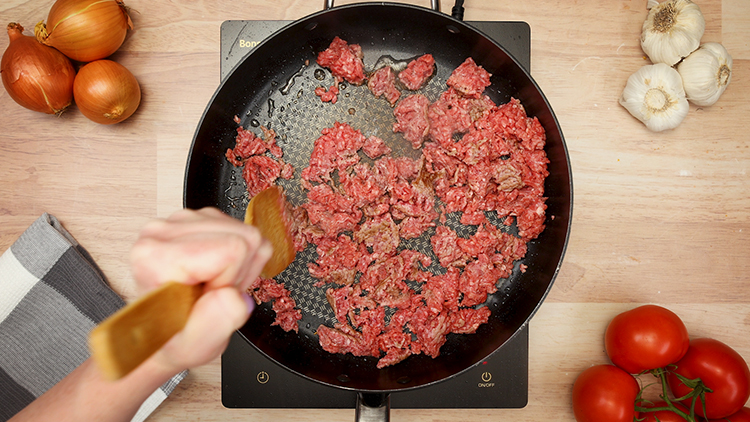What Secret Ingredient Will Deepen the Flavor of Your Chili?
When it comes to making an exceptional pot of chili, the secret lies in the ingredients you choose. While the basics like meat, spices, and tomatoes are essential, there are several other options you can add to change the entire flavor profile. Here are a few secret ingredients that can deepen the flavor of your chili:
- Coffee or Espresso: A cup of coffee can add a rich, earthy depth to your chili. The subtle bitterness of coffee perfectly complements the savory elements of the dish, creating a complex flavor profile.
- Cocoa Powder: Cocoa powder contributes a deep, dark richness that marries wonderfully with the spicy and savory notes of chili.
- Beer: A can of beer can work wonders for your chili. It adds a malty, hoppy flavor that balances the heat and acidity, resulting in a well-rounded taste.
- Cinnamon: A pinch of cinnamon may seem unconventional, but its warm and slightly sweet notes mix well with the chili’s heat.
- Liquid Smoke: For a smoky twist, consider using liquid smoke. Just a few drops can impart that beloved outdoor barbecue essence to your chili.

